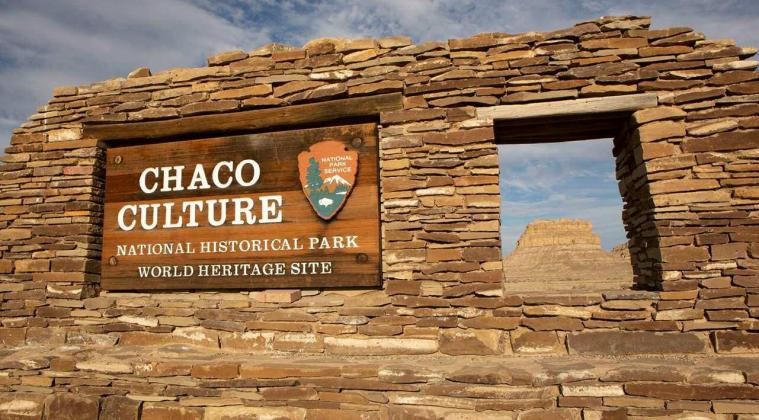A new report is highlighting the threat of water contamination around heritage sites like Chaco Canyon thanks to abandoned wells in the area.
The nonprofit Archaeology Southwest unveiled a comprehensive report February 29, titled 'Orphaned and Abandoned Oil and Gas Wells in the Southwest: Implications for Protecting Sacred and Cultural Sites and Surrounding Landscapes.' This publication sheds light on the dangers posed by orphaned and abandoned oil and gas wells to areas of profound importance such as the Greater Chaco Landscape and Bears Ears National Monument, as well as to the frontline communities inhabiting these regions.
The report comes at a critical time when the Bureau of Land Management (BLM) is considering updates to the federal onshore oil and gas leasing program. These updates aim to prevent the future abandonment of wells by enhancing federal bonding requirements, ensuring that oil and gas companies are financially responsible for the clean-up of their drilling sites on public lands.
Paul Reed, a Preservation Archaeologist with Archaeology Southwest and the author of the report, emphasized the urgent need for protective measures. 'The Southwest's vast cultural heritage is at risk due to the longstanding dominance of oil and gas interests,' Reed said. He highlighted the destruction of archaeological sites and the transformation of sacred areas into industrial zones, underscoring the necessity for robust federal protection.
The report aligns with recent advancements under the Bipartisan Infrastructure Law, which has allocated funds for plugging a fraction of these wells. Yet, as Phil Francis from the Coalition to Protect America’s National Parks points out, the crisis demands a more extensive and permanent solution. 'With 32,000 orphaned wells near our National Parks, the scale of this issue is a clear signal that more aggressive action is needed,' Francis stated, advocating for the swift finalization of the BLM's proposed rules to update federal bonding rates.
In New Mexico alone, research has identified 2,269 orphaned wells, with over 200 wells located “perilously” close to Chaco Culture National Historical Park and Aztec Ruins National Monument. These wells pose risks of water contamination and methane leakage, disproportionately affecting Tribal communities.
Clark Tenakhungva, former Vice-Chairman of the Hopi Tribe of Arizona, expressed the irreversible harm caused by these wells, emphasizing the sacredness of life and land. Similarly, Governor J. Michael Chavarria of the Pueblo of Santa Clara stressed the importance of preserving Greater Chaco's sacred sites, urging for stricter regulations and responsible remediation efforts.
The report also brings attention to southeast Utah, where hundreds of orphaned wells mar the landscape near National Parks and culturally sensitive areas. These sites, integral to the heritage of Indigenous peoples like the Hopi, Zuni, Acoma, Laguna, and others, have suffered due to inadequate well management and reclamation practices.
In response to these challenges, the Biden administration is working to address the issue through legislative measures and the BLM's proposed updates to the oil and gas leasing program. These initiatives aim to hold oil and gas companies accountable for environmental cleanup, thereby safeguarding the Southwest's cultural landscapes and communities from further harm.

